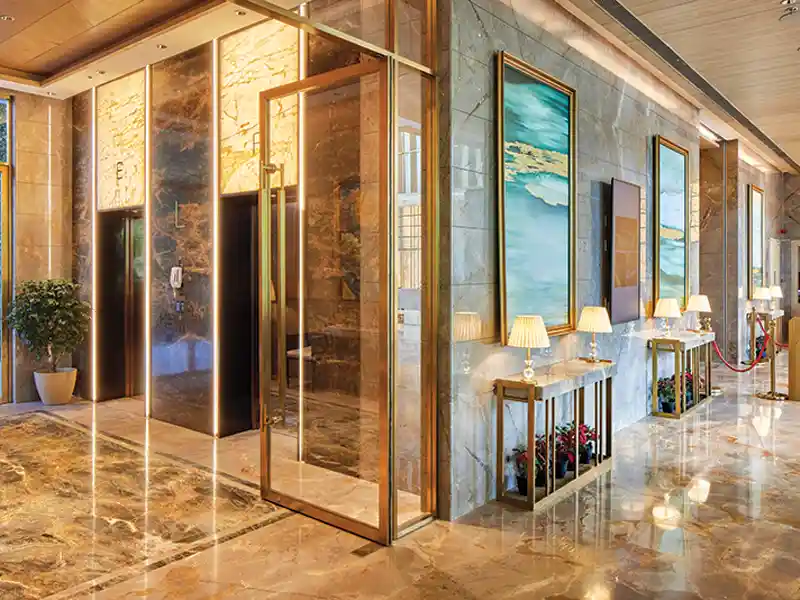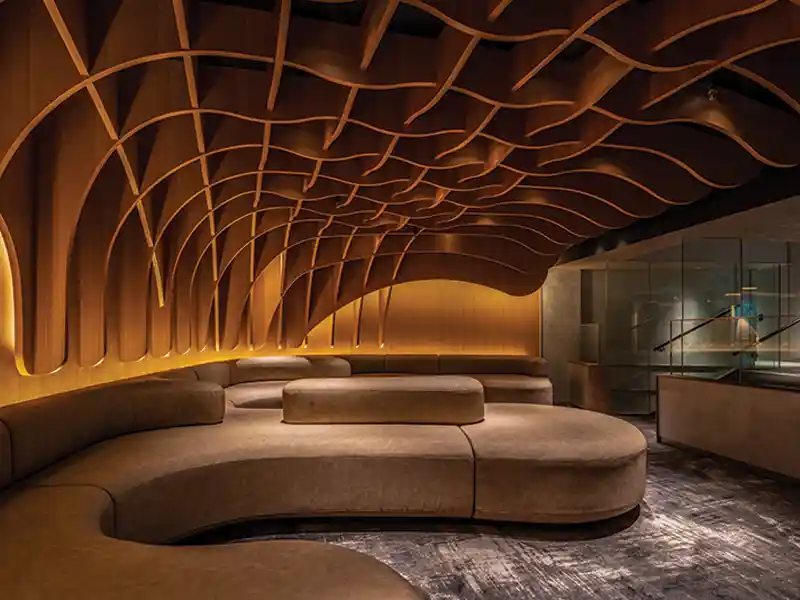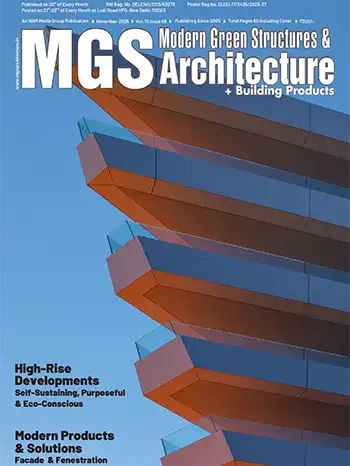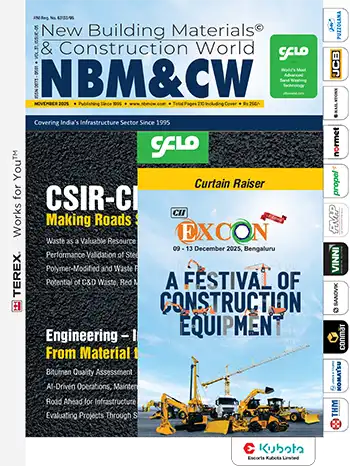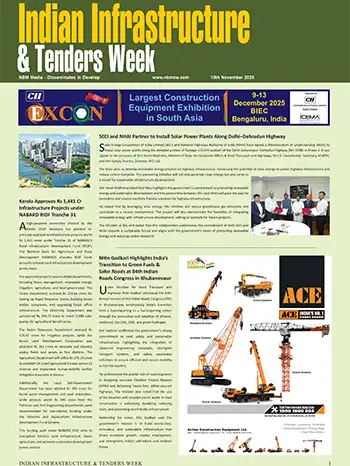The design of a building can minimise construction waste with thoughtful planning and material efficiency.
Anil Badan - Founder & Principal Architect, Studio B Architects
Designs that prioritise standard dimensions help limit off-cuts and excess use of materials. Adaptive reuse of existing structures and repurposed materials reduce environmental impact and add character to spaces.
Specifying durable, low-maintenance materials extends the life cycle of interior finishes and furnishings, minimising future replacements. Integrating deconstruction-friendly design and using mechanical fasteners instead of adhesives allows for easier material recovery and reuse.
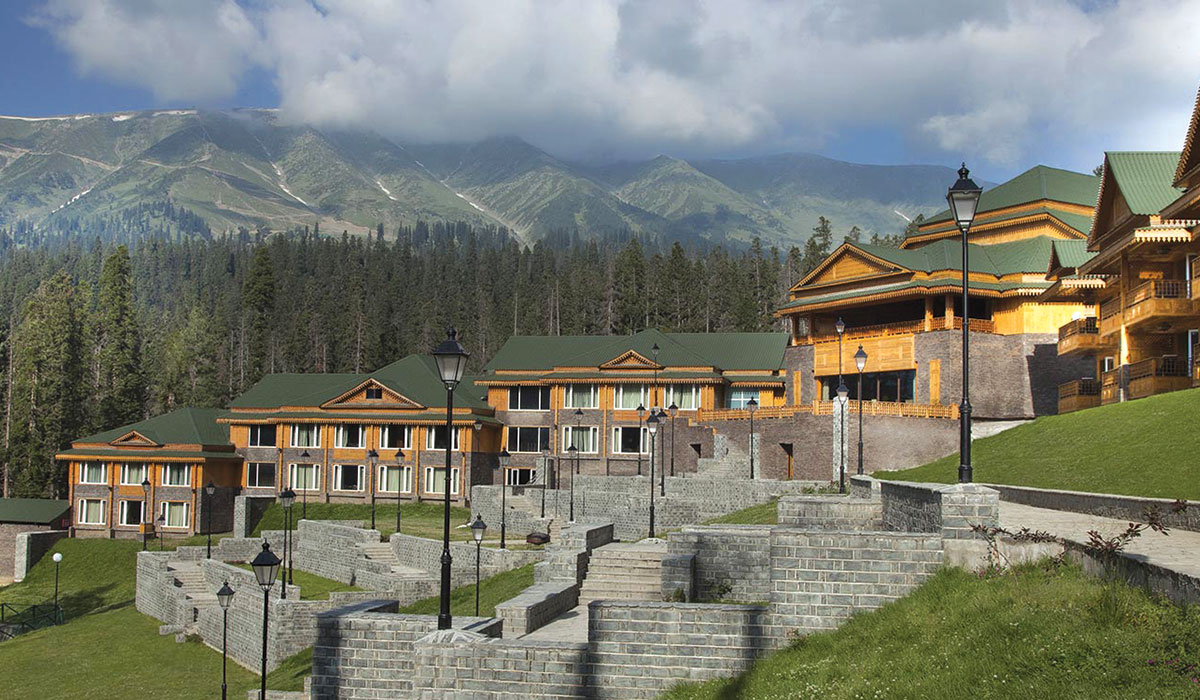
Modern technology has helped us to reduce construction waste, as it helps to plan requirements way before the project begins. BIM allows us to visualise, simulate, and optimise resource usage before construction begins, minimising errors and material overage. Prefabrication and modular construction techniques further reduce on-site waste by enabling precise production in controlled environments. Innovative materials like recycled aggregates and engineered composites are selected for their performance and sustainability.
The Khyber Himalayan Resort in Gulmarg is designed with sustainable luxury in mind, where every design decision was guided by the principle of minimising construction waste and environmental impact. Designed using locally sourced materials like Kashmiri pinewood and indigenous stone, the project significantly reduced transportation emissions and supported regional craftsmanship. The entire construction process was planned to limit material wastage. Modular stone cutting and timber sizing ensured efficient use of resources.


